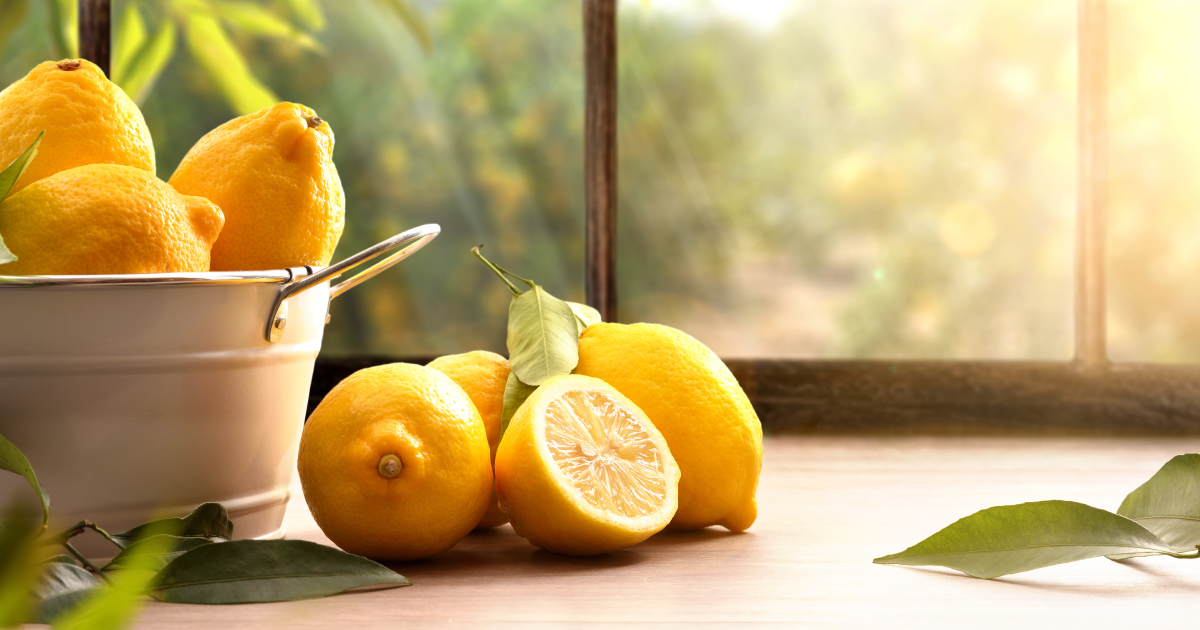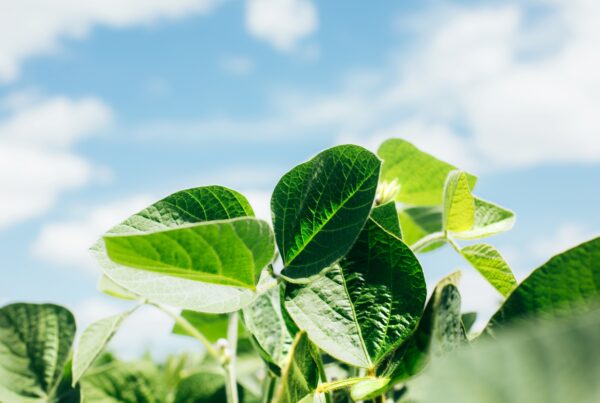
If there is one fruit that is sure to occupy a place in our kitchen all year round, it is the lemon. A citrus fruit that allows us to make everything from desserts to sauces and dressings. Its aroma and essence are key in confectionery and pastry making.
We would like to tell you more about this citrus fruit so that you can get to know its varieties and the benefits it provides. Will you join us in this reading?
Main characteristics of lemons
The lemon has its origin in Southeast Asia, although nowadays we can find production in all tropical and temperate areas of the world. Spain is the leading exporter of lemons and limes.
As far as seasonality is concerned, lemons can be enjoyed all year round. If there is one thing that characterises lemons, it is their acid or sour taste. Elongated and hemispherical in shape, they have a thick and smooth peel.
The colour of the peel will provide us with interesting information and we will classify the varieties according to the ripening period of the fruit.
- Green: are what we know as lime. These lemons are usually the smallest of the different varieties of this fruit. Their flavour is intense and acidic.
- Yellow: this colour indicates that the fruit is already ripe. Sweeter in flavour than the green lemon and therefore less sour.
Ample nutritional value
We will start by telling you why lemon is a real nutritional treasure: it is rich in vitamins A, E, K, contains vitamin P, all the B complex vitamins and a high amount of vitamin C. It also contains potassium, organic acids and flavonoids. It also contains potassium, organic acids and flavonoids.
Vitamin C acts as an antioxidant for our body, which is why it is common in diets to drink water with squeezed lemon. This vitamin is also involved in the production of collagen, improves healing and the function of the immune system.
The World Health Organisation recommends its regular consumption because in addition to the vitamins it provides, it eliminates toxins and is a powerful bactericide.
The following is a summary of their properties:
- Strengthens the immune system: thanks to their high vitamin C and flavonoid content, they increase the body's defences. They are also useful for preventing diseases, especially respiratory diseases.
- Take care of your brain: Because of the potassium it contains, it is very beneficial for our nervous system and our brain.
- It is antibacterialLemon has a great bactericidal power.
- Maintains the body's pH: It helps to alkalinise the body, helping to restore the body's pH.
- Detoxifies the body: Stimulates the liver and helps eliminate toxins. It increases the peristaltic movements of the intestines and therefore helps the body to better eliminate digestion waste.
Other uses of lemons
In addition to culinary use, lemons can also be used for other purposes. For example, as a bleaching agent for clothes, or to eliminate odours in dishwashers and refrigerators. Its juice is a powerful grease remover.
As a curiosity we will tell you that in ancient times the juice was used as an invisible ink, as it was used to hide messages written on paper. To be able to see them, all you had to do was place the flame of a candle over the wet areas of the juice.






